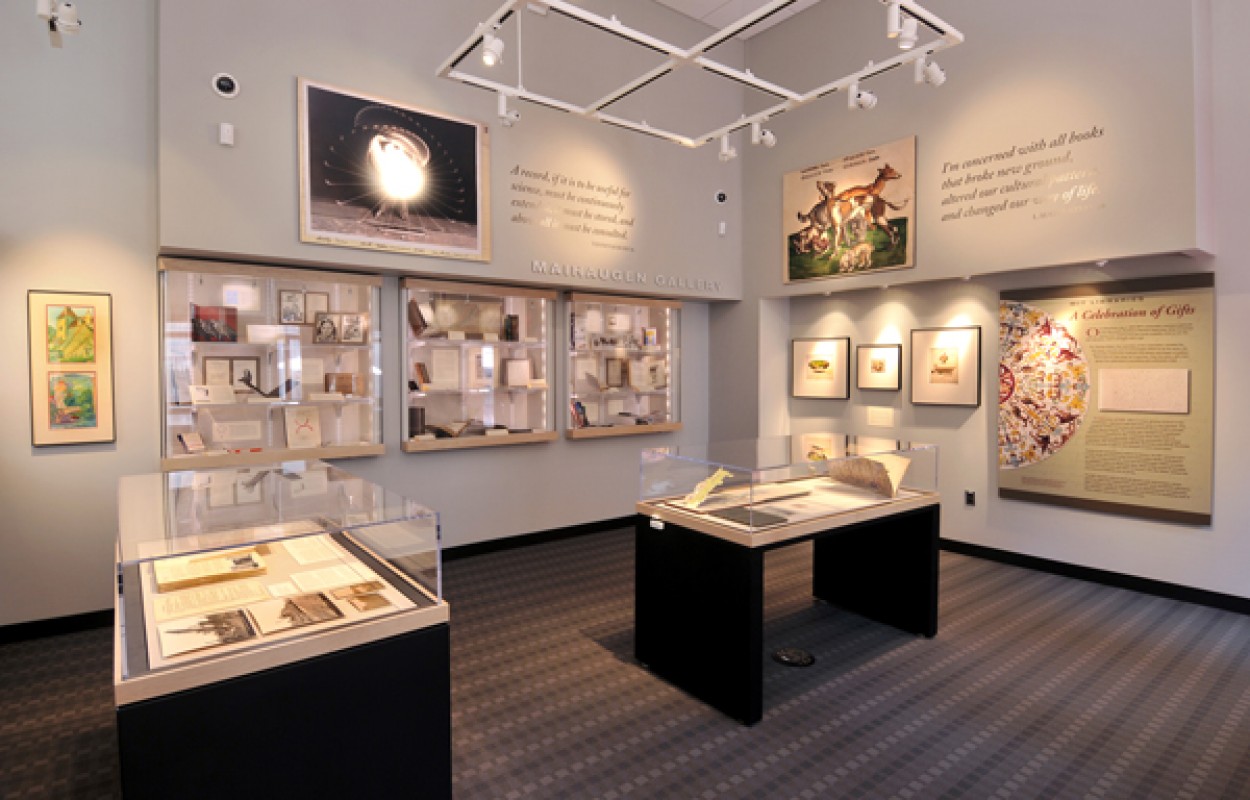Developing self – Developing shape
This exhibition presents a personal inquiry into the meditative space between collapsed formal choices and experiencing various materiality. Through multiple mediums, all the items in the display are projections in the material world of a continuous process of developing self and existence of being in time. This exhibition explores the making of marks and objects as a language system through two-dimensional and three-dimensional works. The exhibition consists of drawings, small-scale clay, wood sculptures, casted aluminum book stands, and found objects and shapes produced in the past three years. Despite various mediums, they are all results of the same process of […]
